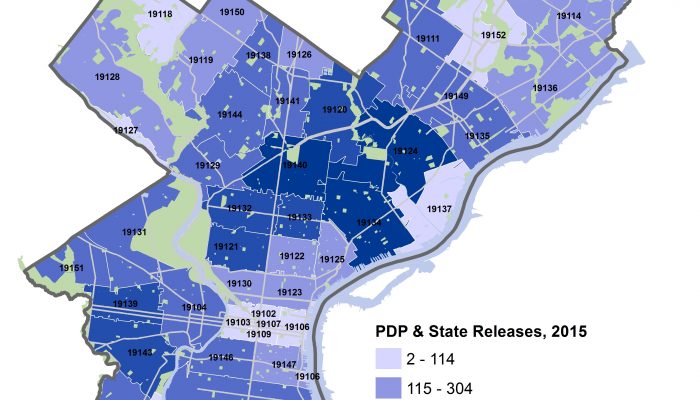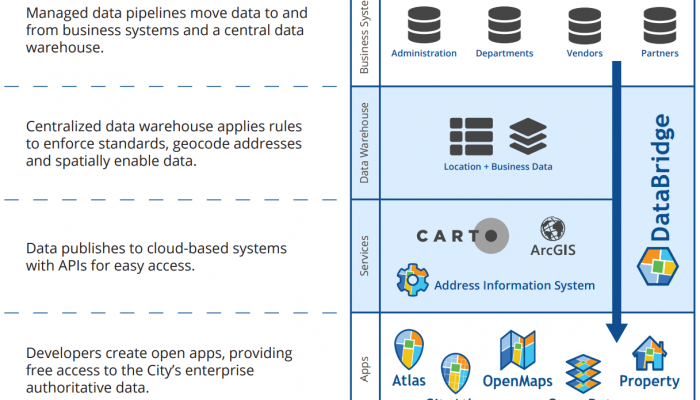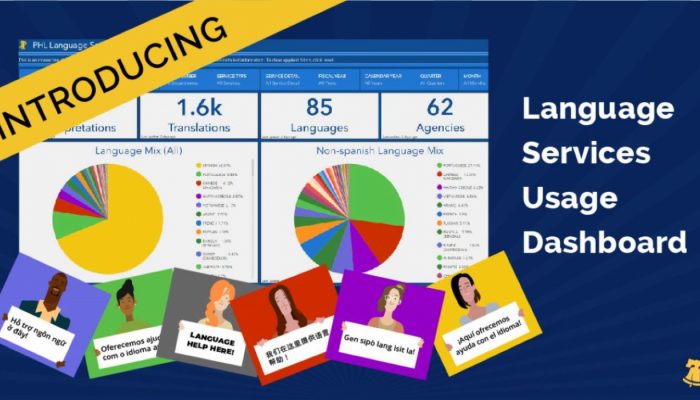After spearheading an effort to develop a local measure for recidivism, the Philadelphia Reentry Coalition and the Office of Criminal Justice (OCJ) have now published data on people released from incarceration to Philadelphia in 2015, along with the report “Calculating a unified recidivism rate for Philadelphia.”
The report was developed in the Reentry Coalition’s Data and Metrics Subcommittee, which is made up of local and state government agencies, service providers, and academic/research partners. This is the first major project of the subcommittee, which is motivated by a goal of increasing the accuracy, availability, sharing, and decision-making of and with data about reentry in Philadelphia.
Newly released data at a glance:
- The Reentry Coalition published, ‘Calculating a unified recidivism rate for Philadelphia,’ and made the data on people released to Philadelphia for 2015 available for download.
- For each returning citizen, the dataset shows whether they were released from county jail by the Philadelphia Department of Prisons (PDP) or state prison by the Department of Corrections (PA DOC), their age, race, and zip code of reported address.
- They have accompanied the dataset and report with an interactive visualization of the data for 2015.
Using data to understand the scope of reentry
According to the Reentry Coalition’s report, between 2012 and 2015, around 25,000 people who had been charged with a criminal non-summary type offense in the Philadelphia adult criminal justice system were released to Philadelphia each year (see Technical Appendix of report for more detail). Unless noted otherwise, all data refers only to people released from county jail and state prison, not from federal prison.
For 2015, some of the key findings showed that:
- Roughly 80% of people are released from local jail, 18% from state prison, and 2% from federal prison.
- Among the 98% released from either state or local incarceration, Black and Hispanic people were overrepresented, and Whites and Asians underrepresented, in comparison to the City’s total population.
- Only 15% of those released were female.
- A majority were under 40 years old. And most often, people returned to the zip codes 19134, 19124, 19140, 19132, 19143, and 19133.
What about recidivism?
In 2015, the Reentry Coalition committed to reducing the recidivism rate by 25% by the end of 2020. According to the new report, that means lowering the recidivism rate from 33.9% to 25.4% – or 2,000 fewer people re-arrested within a year of release from state prison or county jail.
Their examination of the data means that in addition to just knowing more about the big picture of reentry in Philadelphia from the descriptive release data, they can now track the recidivism rate over time to explore whether their collective efforts might be working.
But getting to that rate wasn’t easy – a clear, shared definition of ‘recidivism’ didn’t really exist. Is recidivism a new conviction? Or when someone returns to custody? Or when they are re-arrested?
The Reentry Coalition’s answer is that no single measure of recidivism will tell the whole story, and we need to track recidivism more comprehensively. For example, most recidivism is tracked by individual agencies that only concern themselves with people who are leaving or returning to their own system. The Reentry Coalition wanted to identify a more unified recidivism metric that would correspond to Philadelphians returning from incarceration regardless of whether they were in county, state, or federal custody.
They weren’t quite able to do that. But as a step towards making it easier to see trends in the movement of people between systems of incarceration and communities, the Reentry Coalition members developed a shared definition of recidivism: one year re-arrest rates for people released to Philadelphia by the Philadelphia Department of Prisons or the PA Department of Corrections.
Arriving at this definition allowed OCJ and Reentry Coalition partners to collect and analyze the data on prison and jail releases to discover that 33.9% of people released were re-arrested within a year, a.k.a. the ‘unified recidivism rate.’
One of the starkest findings is that recidivism rates for younger people are the highest.
Also, according to the report, people released from county jail are more likely than people released from state prison to be re-arrested within a year.
As the Reentry Coalition and the Office of Criminal Justice continue to work on the 5-year ‘Home for good’ plan for improving the experience of people returning to Philadelphia after incarceration, they will continue to look for opportunities to use data to better guide their decisions. Being able to look at the data and track trends like those shared in the report may help show how these stakeholders can best meet their goal of “reducing barriers and building stronger support systems so that everyone released from incarceration has the opportunity to be a productive and healthy member of society and achieve their own goals in the the community.”
Keep in touch!
Have your own experience of using open data? Contact oddt@phila.gov to share your story.
There’s lots of ways to get involved. For information about City datasets and others, go to OpenDataPhilly.org. Visit this resources page for video tutorials and links to tools to help analyze data. Follow @PHLInnovation on Twitter to get alerts on future data releases and join us on the public open data google forum.




